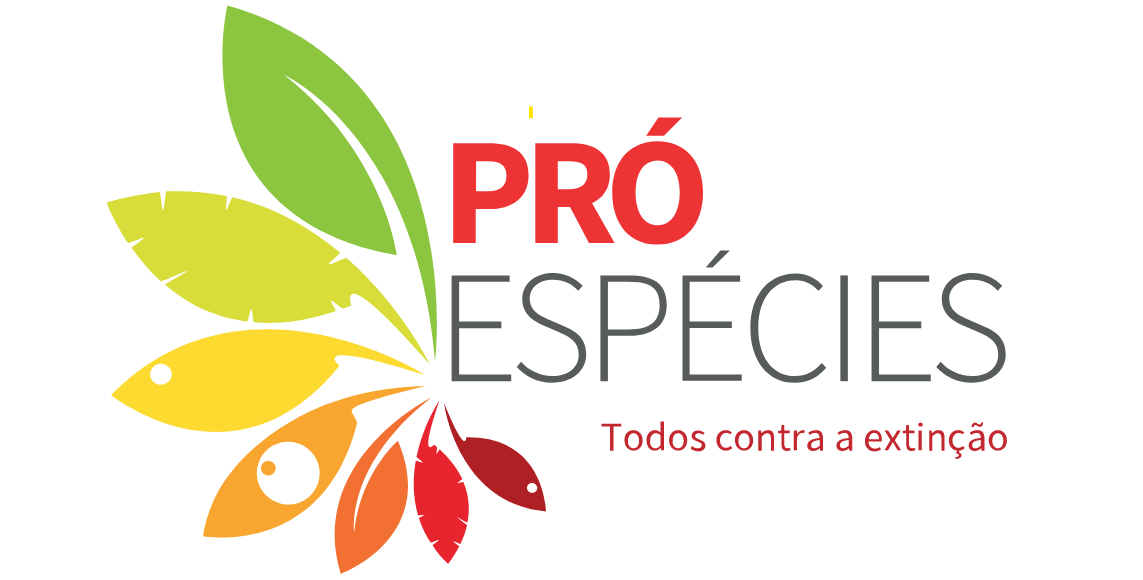Ministry of Environment: Advances in Brazilian Funga Conservation

Recently, the Operational Manual for Planning and Execution of State Processes Regarding Threat Level Assessment of Species from Fauna and Flora was released. But wait, where is the Funga? Even though fungi aren’t incorporated within national legislation the document does bring information about them, and that’ s great news! For the first time, an official document from the Ministry of Environment cites fungi. That ‘s amazing! The manual was developed by the IUCN SSC – Brazilian Species Survival Center along with the Chico Mendes Conservation of Biodiversity Institute (ICMBIO), the Rio de Janeiro Botanic Garden (JBRJ), and other entities that participate on the government program Pró-Species – Everyone Against Extinction, financed by the Global Environment Facility (GEF).
The main goal of the manual is to facilitate and standardize the processes surrounding the creation of species red lists, to bring consistency in the application of IUCN’ s assessment criteria and threat level categories. Also, this initiative aims to standardize data profiles, considering the peculiarities of different taxonomic groups through the many steps that involve threat level assessment. This is a huge step towards conservation, not only for the Funga! For fauna and flora, this manual makes threat level assessment easier and more dinamic,integrated and multidisciplinary. This proposal can be seen as a national level strategy for brazilian biodiversity protection.
Regarding Funga, the manual brings information on how brazilian states can contact authorities regarding the application of IUCN’s criteria and threat level categories for threatened fungi species. That is unprecedented, and the states that want to pioneer fungal conservation can contact the Brazilian Fungi Specialists Group (BrazFunSG) for help in the recognition of local threatened fungi species.
Check the manual for orientations on how different states can start their own threatened species assessment and fungal red list publication!
Read more about the manual through this link link (portuguese only).







